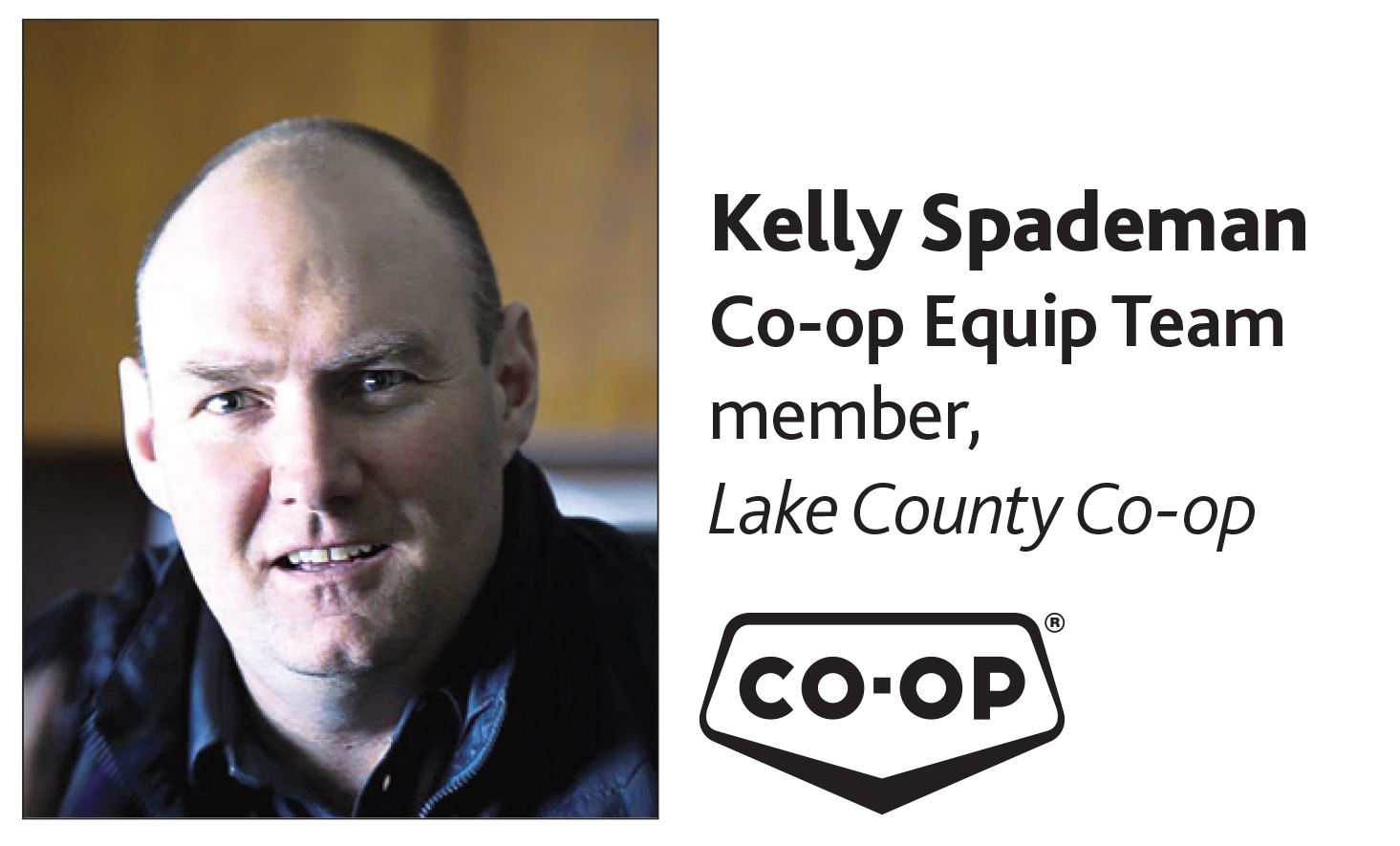When it comes to fertilizer storage, consider these key things:
- One of the most important factors is critical relative humidity (CRH). CRH is the level of relative humidity in the air that causes fertilizer to absorb moisture. Each fertilizer has a unique CRH value. A higher CRH is generally better, because the fertilizer can be exposed to more humidity without absorbing additional moisture. When the CRH value is exceeded, fertilizer will begin to absorb water from the air. Compromised fertilizer can cause issues, such as caking and lumping, which leads to plugged air seeders and conveyors. It can also cause bins to twist and become damaged.
- Your fertilizer’s quality depends on the quality of your storage bin and the temperature and humidity when your fertilizer was brought to the farm (shipping fertilizer during times of high heat and humidity is a watch out). The storage bin should be constructed of high-quality materials and kept dry. Your Co-op Equip Team can help you select appropriate bins designed to protect your fertilizer from all types of weather.
- Preserve the quality of your fertilizer by minimizing fluctuations in temperatures and shipping during cooler temperatures. The storage conditions that affect the quality of your fertilizer can also affect the type of transfer system you use, which contributes to fertilizer dust. Your retail co-op can advise on the different auger systems available. Fertilizer dust left in your blender or conveyor can lead to an increase in caking, clumping in the bin and possibly more humidity issues.
Having good storage practices in place will preserve the quality of your fertilizer. Follow the storage guidelines available from your local Co-op Equip Team member.
 |  | | |



